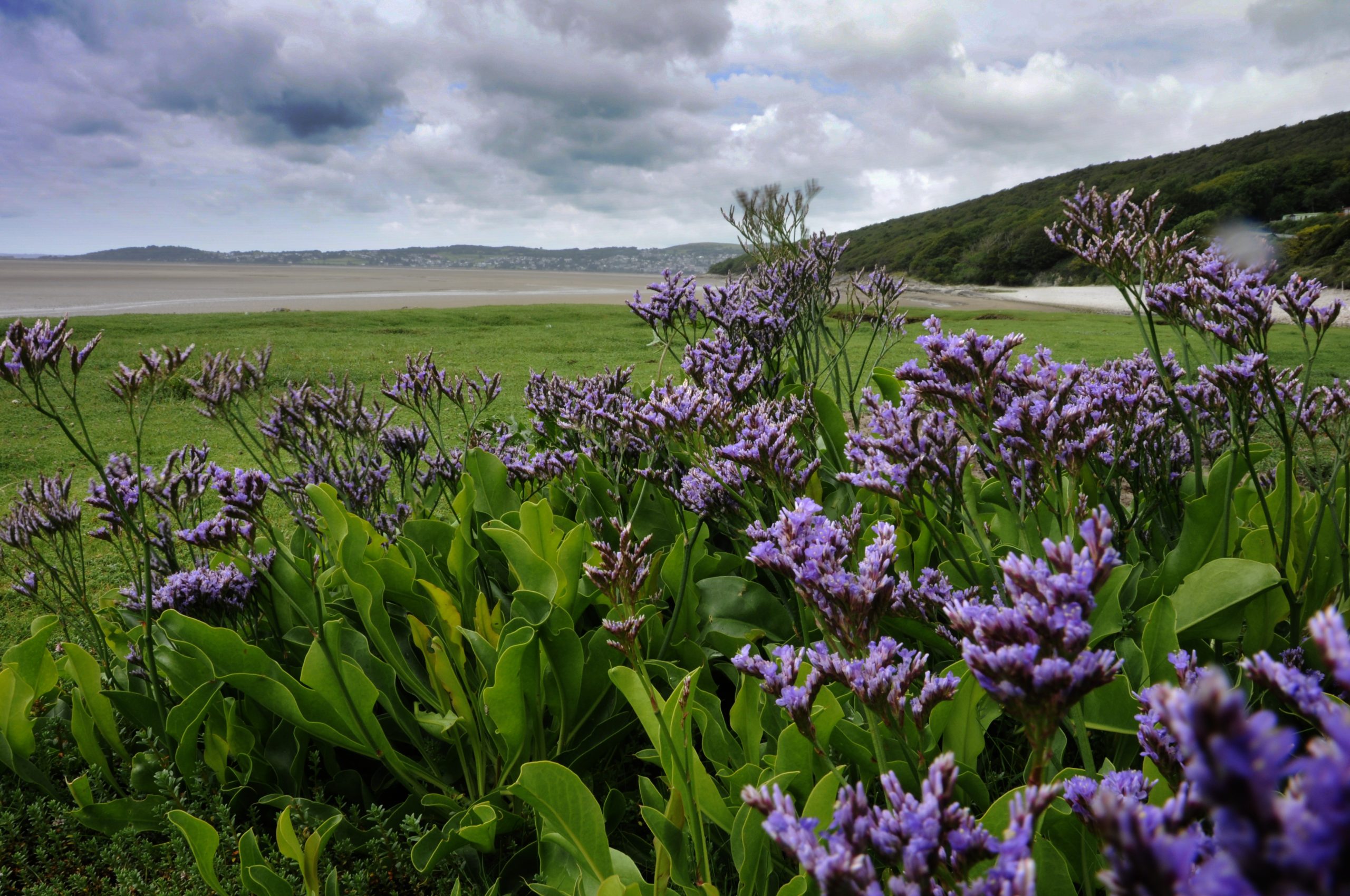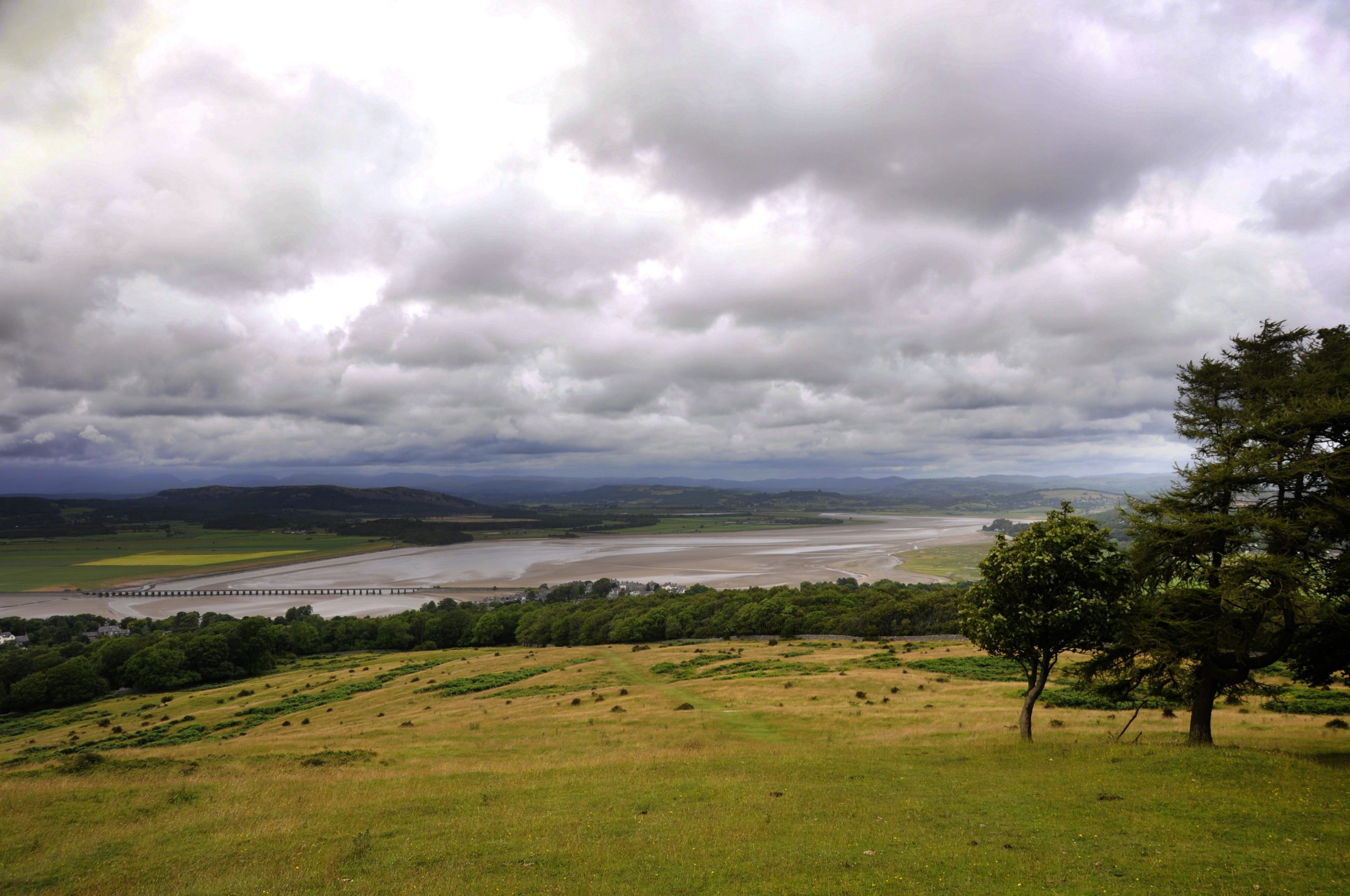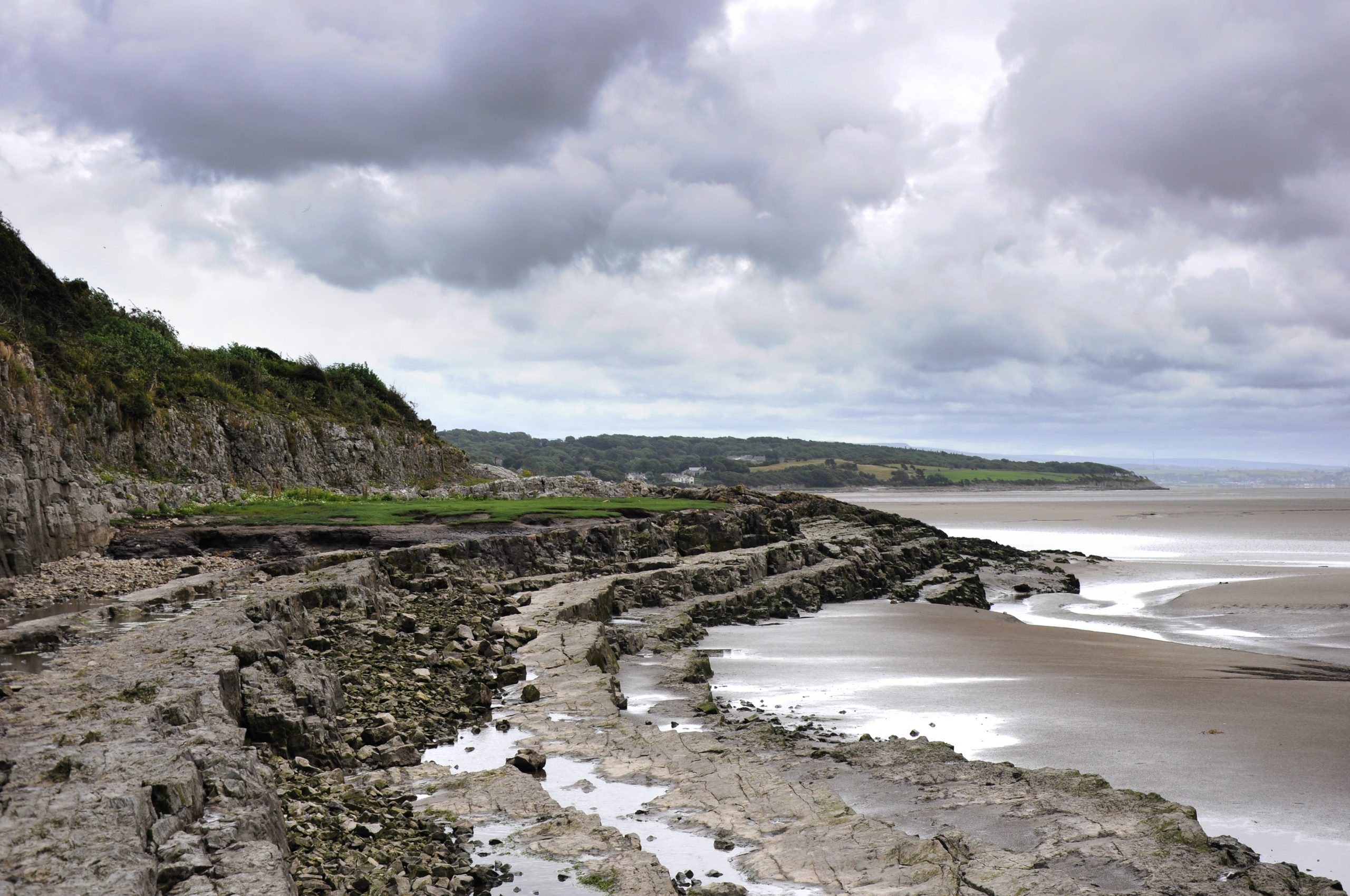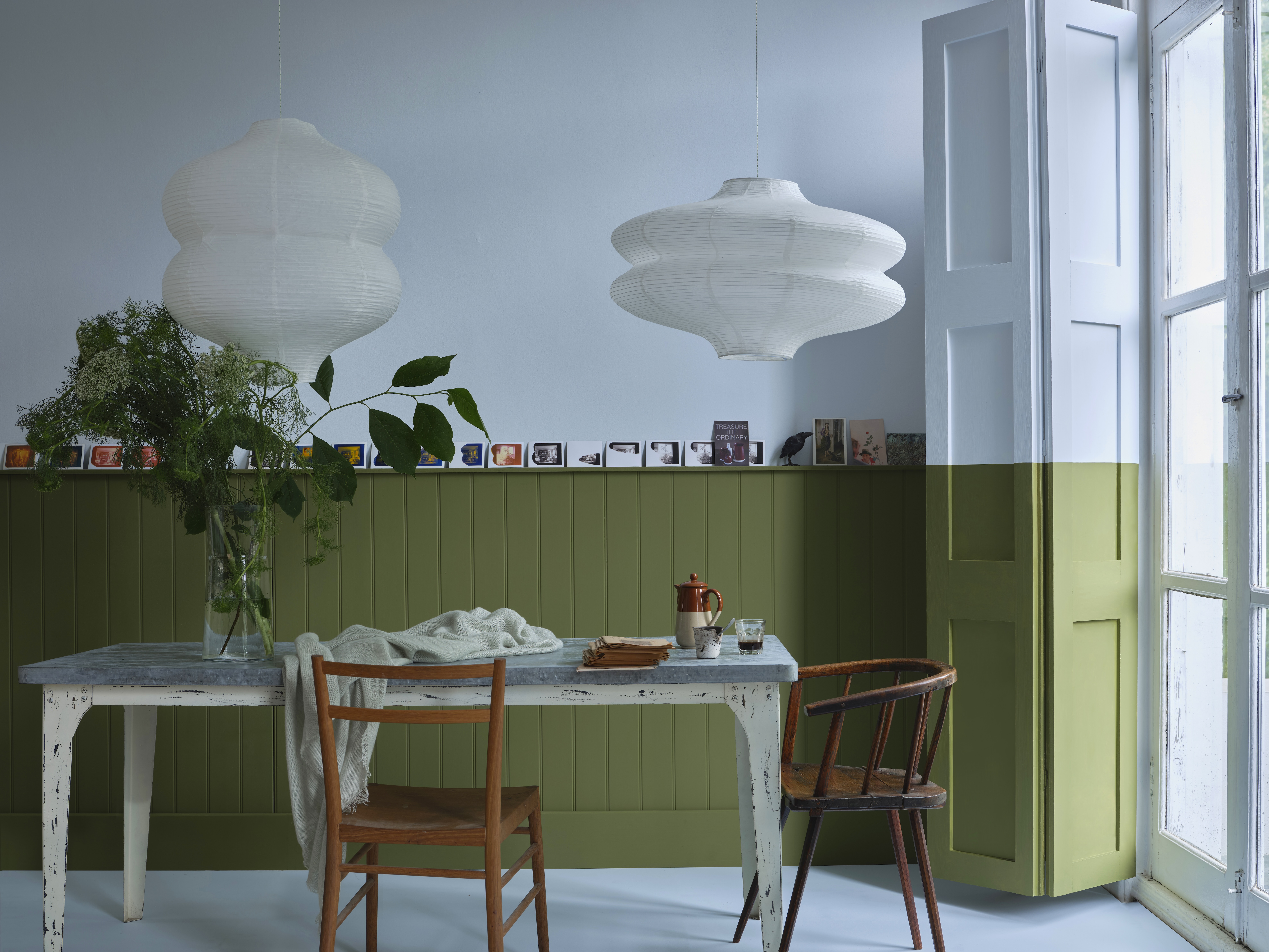Arnside and Silverdale: A landscape on par with the Lake District in its beauty and significance
People often miss the delightful landscape of Arnside and Silverdale as they hare off to the Lake District.


'Small and perfect’ are words often used about the landscape lying immediately to the south of the Lake District. It tends to be bypassed by people belting up the M6 to join the queues of traffic into Windermere and Ambleside, but it was designated as an Area of Out-standing Natural Beauty (AONB) in 1972, which makes it equal to the Lakes and other national parks in its beauty and significance.
My work as a member of the Glover Review has reawakened my engagement with AONBs and the marvellous work their overseers do, often on a shoestring.
Arnside and Silverdale is a landscape of many treasures. Largely underlain by limestone, culminating in Arnside Knott with its splendid views over Morecambe Bay and the Lakes, it’s a place of immense beauty and diversity, which abounds in woodlands, meadows, reed beds and limestone pavements, not to mention spectacular coastal scenery. It’s intimate and enticing: a short walk has as much variety as many a day-long hike elsewhere.

Our walk, however, is long and beautiful, from the village of Yealand in the east, through the RSPB’s Leighton Moss reserve, around magical and remote reed-fringed Hawes Water and through woods up the hill to Arnside Knott. From there, we’ll traverse back via Silverdale and the coast, then across deeply wooded country to Yealand.
We step out in thick mist, but love the characterful parkland landscape around Leighton Hall, with glimpses of woodland beyond. Even in January, Leighton Moss is teeming with visitors and we watch cormorants drying their wings fruitlessly in the damp air. We enter the mysterious Trowbarrow nature reserve, an abandoned quarry rapidly being reclaimed by Nature; we wish it was June, as we read descriptions of the rare orchids and butterflies we’re missing.
Next stop is Hawes Water, a mysterious, low-lying marl lake, where, once again, we are told of riches, bitterns and lady’s slipper orchid, that can be seen when the time is right. We enjoy our swing around the lake and progress to Waterslack and into Eaves Wood in high spirits.
'It’s intimate and enticing: a short walk has as much variety as many a day-long hike elsewhere'
Here, a track circumnavigates the hill on which the famous Pepperpot stands and we follow it, keen to reach Arnside Knott with its promised glorious views. A sharp pull up the hill and we’re there, but the mist is stubborn and all we can see is a panorama board telling us what should be visible.
Sign up for the Country Life Newsletter
Exquisite houses, the beauty of Nature, and how to get the most from your life, straight to your inbox.
Disappointed, but not daunted, we clatter back down the hill and follow the path to the coast, where we are captivated by a new phenomenon: wonderful coastal formations lit by weak sunshine trying to break through the clouds. The soft, ethereal light bathes the coast in beauty and warms our hearts as we cross the meadows to Silverdale.
A short diversion takes us to Gibraltar Farm, which sells fresh milk, eggs and other local delights, and Lindeth Tower, a Victorian folly where Elizabeth Gaskell wrote her little-known, but excellent novel Ruth.

Resuming our walk, we cross the saltmarshes downstream from Leighton Moss, walking on an old sea wall as the light fades atmospherically around us. Reaching Crag Foot, we have only one more limestone ridge to cross and, as if to celebrate, a murmuration of starlings swirls around us. We pick our way across the wooded landscape, reaching Yealand as darkness descends.
We’ve walked 12 miles, each with much to admire, used well-waymarked footpaths and seen a great deal of evidence (including many National Trust signs) that this is a loved and looked-after landscape.
I am full of praise for the small team, led by Lucy Barron, that cares for this place so well, but I’m also full of desire to see the Glover Review implemented to give special landscapes such as this a stronger, more secure role in the serious task of Nature recovery and giving everyone a much-needed shot of beauty.
Fiona Reynolds is Master of Emmanuel College, Cambridge and author of ‘The Fight for Beauty’.
Fiona Reynolds is chair of the Food, Farming and Countryside Commission, the former director-general of the National Trust, former Master of Emmanuel College, Cambridge, and the author of The Fight for Beauty. Follow her on Twitter @fionacreynolds.
-
 Some of the finest landscapes in the North of England with a 12-bedroom home attached
Some of the finest landscapes in the North of England with a 12-bedroom home attachedUpper House in Derbyshire shows why the Kinder landscape was worth fighting for.
By James Fisher
-
 John Sutcliffe — The man, the myth and the paint-naming legend behind Dead Salmon and Elephant's Breath
John Sutcliffe — The man, the myth and the paint-naming legend behind Dead Salmon and Elephant's BreathBy Carla Passino